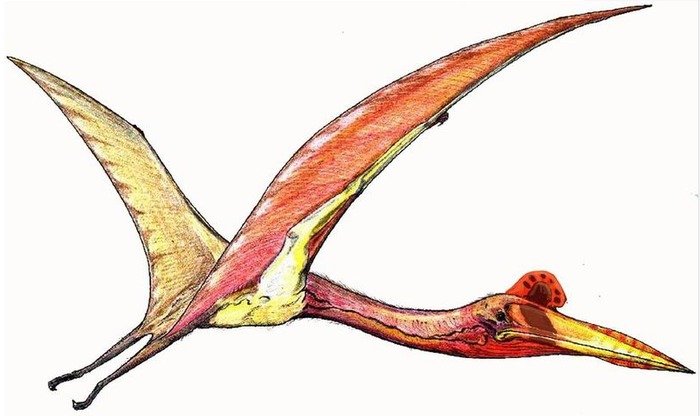LUBBOCK, Texas, Nov. 9 (UPI) -- The giant pterosaur Quetzalcoatlus may have sported a 34-foot wingspan, but it needed to taxi down a slope to take off, U.S. researchers say.
With that huge wingspan and a weight of 155 pounds the ancient flying reptile is the largest flying animal ever discovered -- any larger, and it would have had to walk, scientists at Texas Tech University say.















